
The Sahara desert in Africa has a fresh blanket of snow after temperatures recently dropped to 27ºF. Winter descended on Ain Sefra, Algeria on January 13th.
The desert, which covers most of Northern Africa, has seen temperatures fluctuate over the past few hundred thousand years, but snow and ice are still extremely rare.
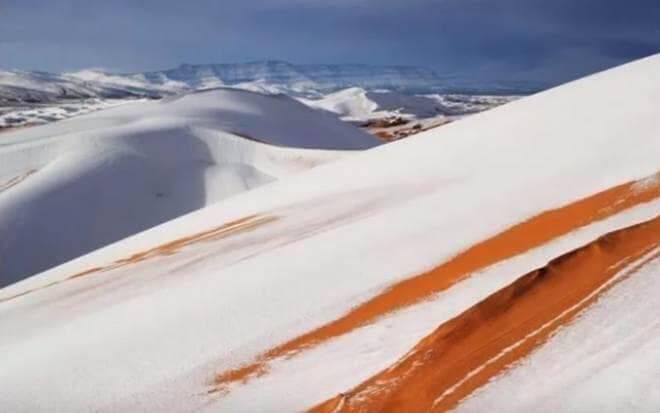
The area in Algeria has experienced snow only three other times in the last 42 years; 1979, 2017, and 2018.
The average temperature in January is 57ºF. In the summer, temperatures can exceed 120ºF.
The Sahara (‘the Greatest Desert’) is a desert on the African continent. With an area of 9,200,000 square kilometers (3,600,000 sq mi), it is the largest hot desert globally and the third-largest desert overall, smaller only than the deserts of Antarctica and the Arctic. The name ‘Sahara’ is derived from the Arabic word for “desert,” ṣaḥra.
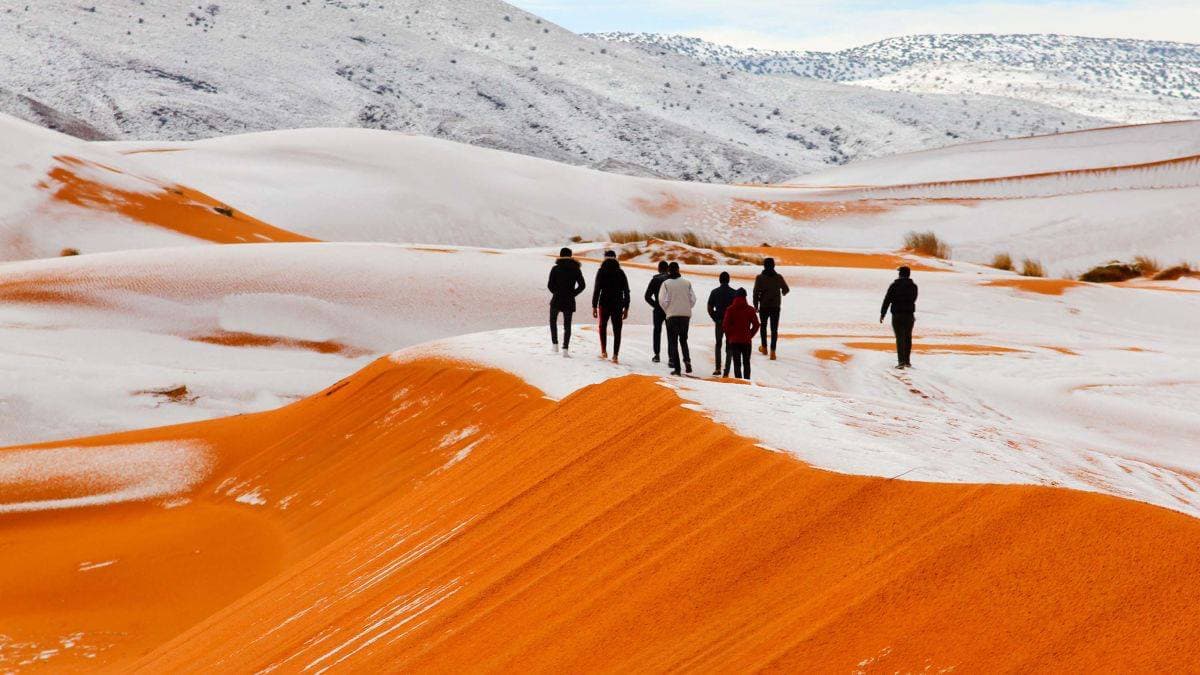
The desert comprises much of North Africa, excluding the fertile region on the Mediterranean Sea coast, the Atlas Mountains of the Maghreb, and the Nile Valley in Egypt and Sudan. It stretches from the Red Sea in the east and the Mediterranean in the north to the Atlantic Ocean in the west, where the landscape gradually changes from desert to coastal plains. To the south, it is bounded by the Sahel, a belt of semi-arid tropical savanna around the Niger River valley and the Sudan Region of Sub-Saharan Africa. The Sahara can be divided into several regions, including Western Sahara, the central Ahaggar Mountains, the Tibesti Mountains, the Aïr Mountains, the Ténéré desert, and the Libyan Desert.
For several hundred thousand years, the Sahara has alternated between desert and savanna grassland in a 20,000-year cycle caused by the precession of the Earth’s axis as it rotates around the Sun, which changes the location of the North African Monsoon. The area is next expected to become green in about 15,000 years (17,000 CE).
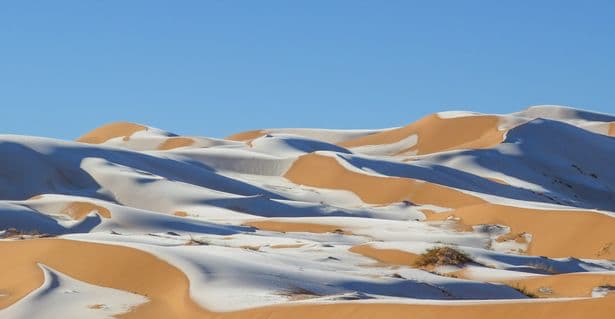
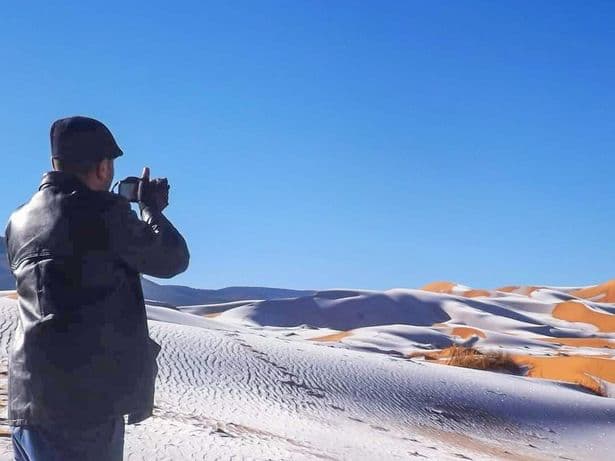
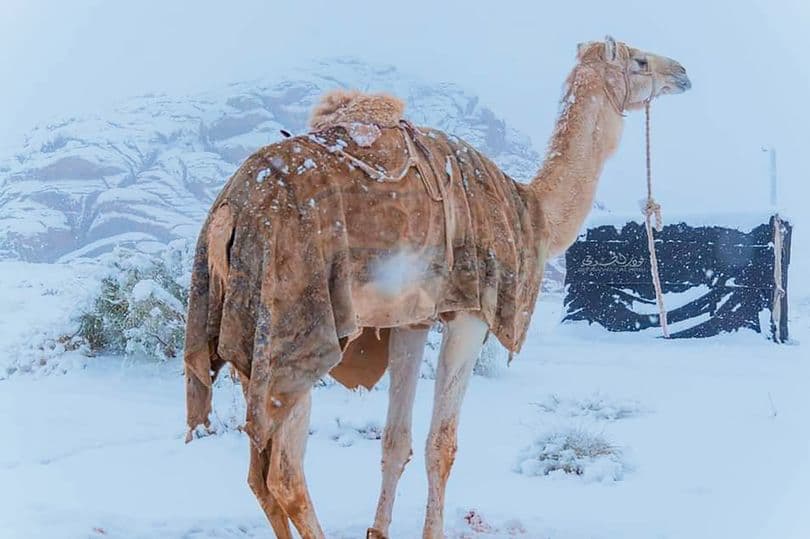
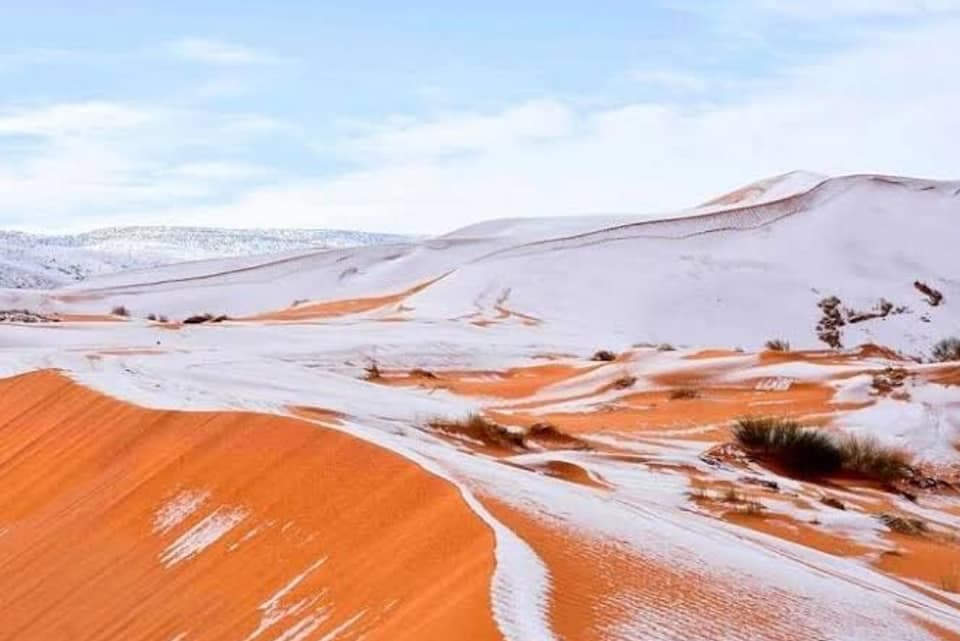
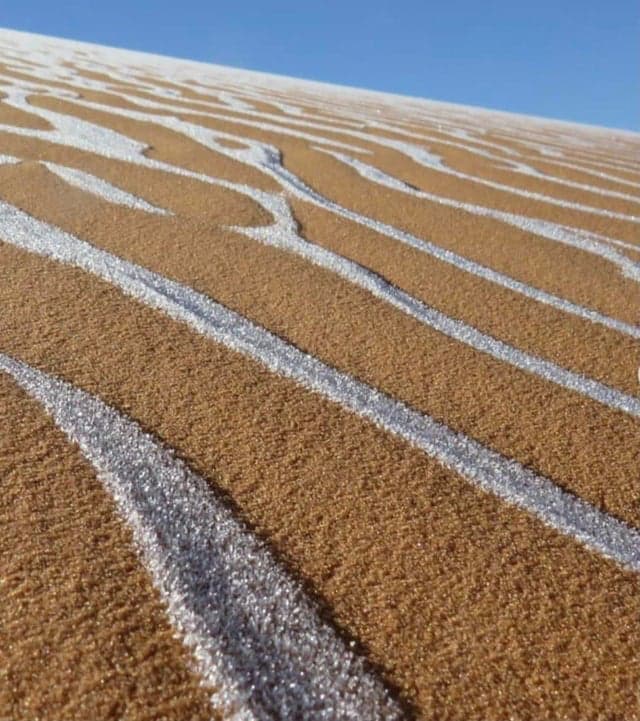
global warming